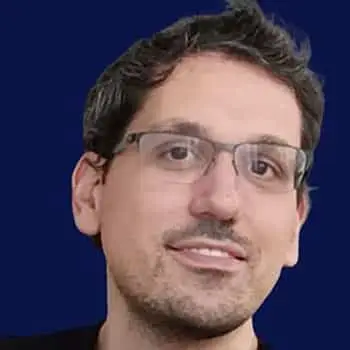
Francesco Capuano
Department of Fluid Mechanics
Doctor in Engineering (from University of Naples “Federico II”). Tenure-track Serra Húnter assistant professor in the Department of Fluid Mechanics of the Universitat Politècnica de Catalunya.
Teaching
The teaching activities of Prof. Capuano are currently carried out at the Barcelona East School of Engineering (EEBE) of Universitat Politècnica de Catalunya, where he teaches basic Thermodynamics & Heat Transfer and Fluid Mechanics courses to bachelor students enrolled in Biomedical, Energy, and Mechanical Engineering degrees.
He is also involved in the teaching of more specialized subjects concerning Computational Fluid Mechanics and Data Science in Master’s degree courses. Previous teaching work at University of Naples (Italy) included topics related to Numerical Methods for ordinary and partial differential equations, Turbulence, and Multiphase Flows in the context of under-graduate, post-graduate and PhD studies respectively.
Research
Prof. Capuano’s research is focused on developing high-fidelity, robust and efficient computational techniques for modeling and analysis of multiscale, multiphysics problems in engineering and biological systems. Particular emphasis is given to scale-resolving simulations of turbulent flows, cardiovascular biomechanics, and biological fluid dynamics.
Some of his current research projects are focused on the development of physics-compatible numerical schemes for the Navier-Stokes equations, immersed-boundary methods for multi-scale problems, computational modeling and analysis of intracardiac flows in congenital heart disease, and study of turbulence-induced microplastics aggregation in oceans.